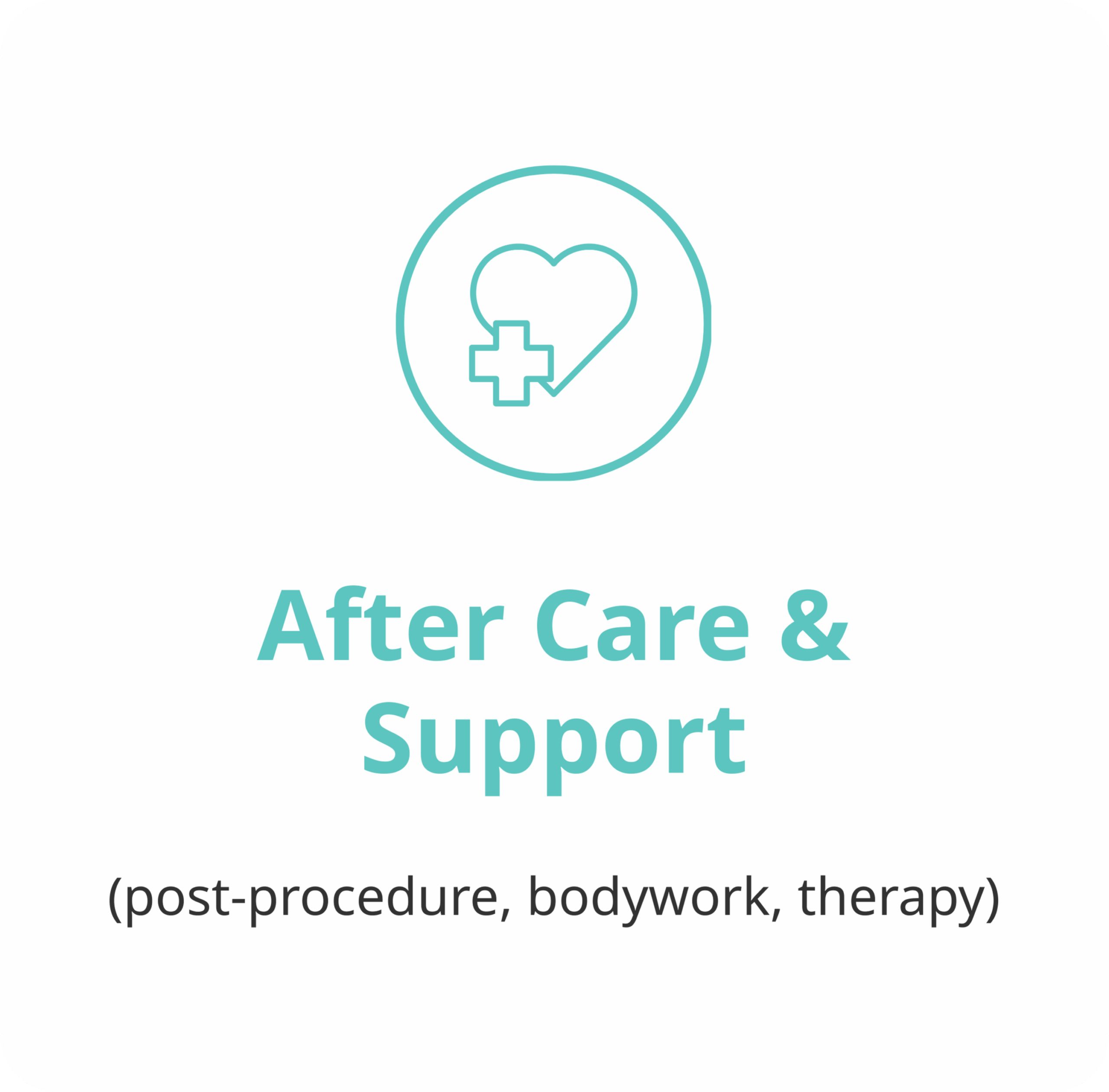Understanding Tongue Ties
(basics, diagnosis, symptoms)
A tongue tie, medically known as ankyloglossia, occurs when the strip of tissue under the tongue (the lingual frenulum) is too tight, thick, or short, restricting the tongue’s range of motion. This connective tissue tethers the tongue to the floor of the mouth, limiting its ability to move freely and perform essential functions like nursing, eating, speaking, and even breathing properly.
Tongue ties affect approximately 5-10% of the population, though some experts estimate it could be as high as 25% when including all variations of oral restrictions. Many cases go undiagnosed throughout life, with individuals adapting and compensating for the restriction without realizing the underlying cause of their difficulties.
An anterior tongue tie is visible when you lift the tongue—you can see the tight band of tissue connecting the tongue to the floor of the mouth, sometimes extending close to or at the tip of the tongue.
A posterior tongue tie is less obvious and located further back under the tongue. The tissue may be thick, short, or tight beneath the mucous membrane, making it harder to identify visually but still significantly restricting tongue function. Posterior tongue ties can be just as problematic as anterior ties, affecting feeding, speech, and oral development.
A lip tie occurs when the frenulum tissue connecting the upper lip to the gum tissue is too tight or thick, preventing the upper lip from flanging outward properly. This can interfere with breastfeeding latch, cause gaps between the front teeth, contribute to tooth decay (when food gets trapped), and affect speech development.
Buccal ties are restrictive bands of tissue connecting the inside of the cheeks to the gums. While less commonly discussed, these restrictions can also impact feeding, oral hygiene, and overall oral function. They are often addressed during tongue and lip tie procedures when present.
Common signs in infants include:
Breastfeeding difficulties:
- Poor latch or difficulty maintaining latch
- Clicking or smacking sounds while nursing
- Frequent feeding (every 1-2 hours) with little satisfaction
- Prolonged feeding sessions (45+ minutes)
- Excessive gassiness or reflux
- Poor weight gain or failure to thrive
- Falling asleep at the breast from exhaustion
Physical signs in baby:
- Heart-shaped tongue when crying or sticking tongue out
- Inability to lift tongue to the roof of the mouth
- Tongue movement side-to-side rather than up
- Inability to extend tongue past the gum line or lower lip
- White coating on tongue that doesn’t wipe away (from milk pooling)
Maternal symptoms:
- Painful, damaged, or creased nipples
- Nipple blanching (turning white) after feeding
- Incomplete breast emptying or recurrent mastitis
- Low milk supply due to poor milk transfer
- Extreme fatigue from constant feeding demands
Even bottle-fed babies experience difficulties with tongue ties, including:
- Taking excessive time to finish bottles (45+ minutes)
- Milk dribbling from the mouth during feeding
- Chomping or chewing on the nipple instead of sucking
- Preferring faster-flow nipples to compensate
- Excessive air intake causing gas, reflux, and colic
- Frequent breaks during feeding
- General fussiness and dissatisfaction after feeding
As children grow, untreated tongue ties can cause:
Feeding and eating issues:
- Difficulty transitioning to solid foods
- Gagging or choking on certain textures
- Picky eating preferences (avoiding chewy, tough foods)
- Messy eating (food falling out of mouth)
- Slow eating pace
- Feeling full quickly or taking small bites
Speech difficulties:
- Delayed speech development
- Difficulty with certain sounds (particularly L, R, T, D, N, TH, Z, S)
- Unclear or mumbled speech
- Tongue thrusting during speech
- Voice that sounds muffled
Dental and oral issues:
- Gap between front teeth (diastema)
- Narrow, high-arched palate
- Crowded or crooked teeth
- Increased risk of cavities (especially lower front teeth)
- Gum recession
- Jaw and TMJ pain
Sleep and breathing problems:
- Mouth breathing during sleep
- Snoring or sleep apnea
- Restless sleep
- Bedwetting beyond typical age
- Daytime fatigue and behavioral issues
Absolutely. Many adults live their entire lives with an undiagnosed tongue tie, having adapted and compensated for the restriction. Adult symptoms may include:
- Chronic neck, shoulder, and jaw tension or pain
- TMJ disorders and clicking jaw
- Difficulty with certain foods (pizza crust, steak, apples)
- Speech limitations or articulation issues
- Snoring or sleep-disordered breathing
- Chronic headaches
- Dental problems (spacing issues, recession, grinding)
- Difficulty with oral hygiene (unable to reach areas with tongue)
- Social embarrassment about eating or speaking
A comprehensive tongue tie assessment involves both structural and functional evaluation:
Visual and physical examination:
- Assessing the appearance and attachment point of the frenulum
- Observing tongue elevation, extension, and lateral movement
- Checking for heart-shaped tongue or restricted tongue sweep
- Evaluating lip tie and buccal tie presence
- Examining palate shape and dental development
Functional assessment:
- For infants: Observing a full feeding session
- Checking suck strength and coordination
- Assessing tongue range of motion during various movements
- Evaluating compensatory patterns
- Parent/patient symptom history review
Several classification systems exist. The most comprehensive approach goes beyond simply measuring how far the tie extends forward and instead evaluates the functional impact on feeding, speech, breathing, and quality of life. At Family Dental Guelph, we use evidence-based assessment tools that consider both anatomy and function.
Not necessarily. The decision to release a tongue tie is based on symptoms and functional limitations, not just the presence of a frenulum. If a baby is feeding well, gaining weight appropriately, and the mother is comfortable, watchful waiting may be appropriate. However, if there are nursing difficulties, feeding problems, speech delays, dental issues, or other symptoms affecting quality of life, treatment should be considered.
Yes, absolutely. We strongly recommend having your baby assessed by both an IBCLC (International Board Certified Lactation Consultant) and a tongue tie release provider even when breastfeeding appears to be going well initially. Here’s why:
For breastfed babies: Sometimes a mother has an excellent let-down reflex and abundant milk supply that compensates for a baby’s poor tongue function in the early weeks. However, around the 3-month mark, supply often decreases because the baby’s inefficient suck cannot adequately stimulate continued milk production. What seemed like “successful” breastfeeding can suddenly become problematic, with concerns about supply, weight gain, and nursing frequency emerging months into the journey.
For bottle-fed babies: Even if your baby is gaining weight appropriately on the bottle, it’s crucial to have an IBCLC assess whether your baby is taking the bottle with proper oral function. Weight gain alone doesn’t tell us if the baby is feeding efficiently or developing healthy oral motor patterns. Poor feeding mechanics can lead to issues with:
- Transitioning to solid foods
- Speech development
- Dental and jaw development
- Sleep and breathing
Function is what matters most. The presence or absence of immediate feeding struggles doesn’t tell the complete story. A comprehensive functional assessment evaluates how well the tongue, lips, and oral structures can perform their intended roles—not just whether the baby is surviving, but whether they can thrive with optimal oral function. Early identification and treatment prevent downstream complications in feeding, speech, dental health, and airway development.












